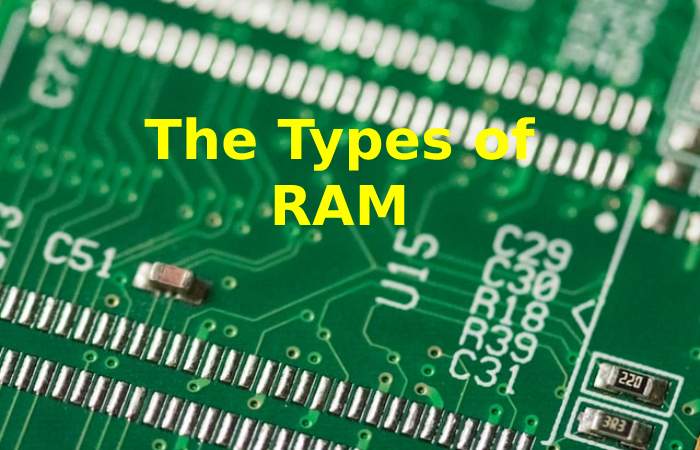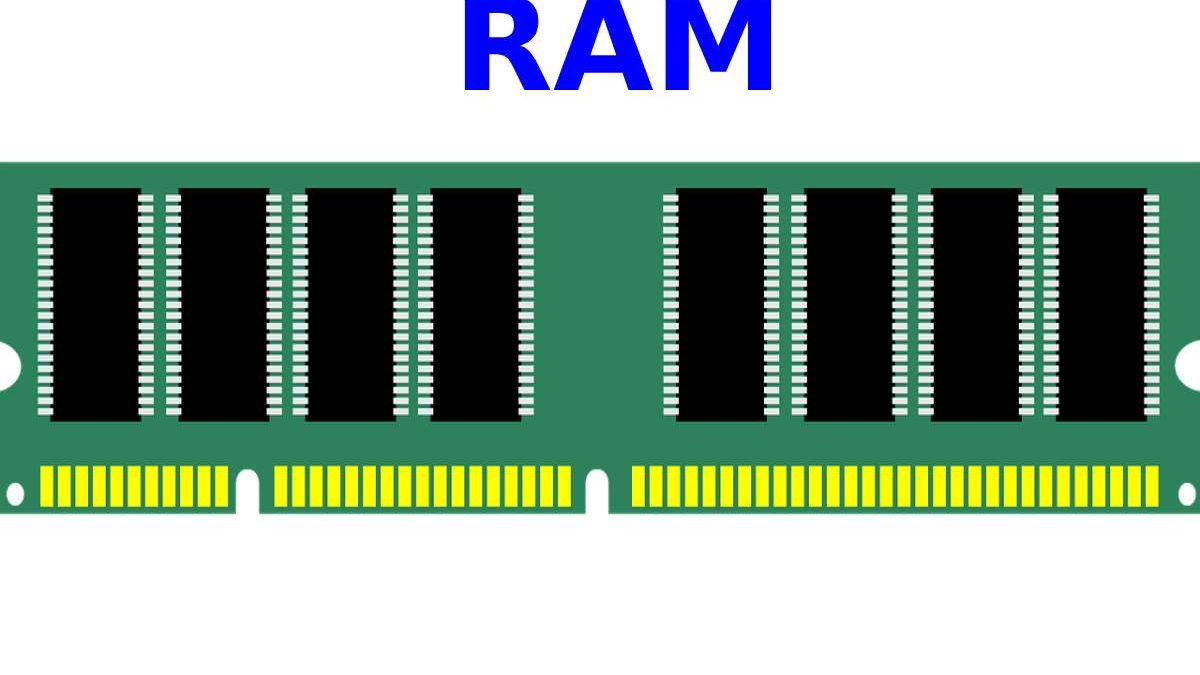Table of Contents
Explaining
RAM – Random access memory is a computer’s short-term memory used to handle all active tasks and apps. None of your programs, files, games, or brooks would work short of RAM. Here, we’ll explain precisely what RAM is, what RAM means, and why it’s so important. Then, learn how to lighten your computer’s RAM load with a specialized performance booster.
ALSO READ: FUTURE TECHNOLOGY
RAM Stand For
RAM is short for “random access recollection”, and while it might sound mysterious, RAM is one of the most fundamental elements of computing. And also, RAM is the super-fast and provisional data storage space that a computer needs to access right now or in the next few moments.
Computers are continuously loading things in to work on — such as requests and data — and then setting them aside later. RAM is your computer’s short-term recollection. In contrast, a computer’s hard disk or SDD is its long-term memory, where things are stored more or less forever.
Every computing device has RAM, whether a desktop computer. A tablet or smartphone, or smooth a special-purpose computing device. Nearly all computers also have some way to store information for longer-term access, too. But the working processes are done in RAM.
ALSO READ: TRENDING TECHNOLOGIES
What Does RAM do, Exactly?
So, what is RAM used for, then? RAM is temporary storage that goes away when the power turns off. It’s swift, which makes it ideal for things the computer is actively working on, such as currently running applications and the data those applications work on or with (this article).
It can help to think around RAM with the analogy of a physical desktop. Your working space — anywhere you scribble on something directly — is at the top of the desk, where you want all within arm’s reach and no delay in finding anything. In contrast, if you’re going to keep whatever to work on later, you put it into a desk drawer — or store it on a hard disk, either nearby or in the cloud. That’s RAM.
The Types of RAM

There are two main types of RAM: Active RAM (DRAM) and Still RAM (SRAM).
DRAM is widely used as a computer’s chief recollection. Each DRAM memory cell comprises a transistor and a capacitor within an integrate circuit, and a data bit is stored in the capacitor. Since transistors always leak a minor amount, the capacitors will slowly discharge, producing information thought to drain; hence, DRAM must relax (given a new electronic charge) every few milliseconds to recall information.
SRAM (pronounced ES-RAM) is a complete up of four to six transistors. It saves data in the memory as long as power supply system DRAM, which must refresh periodically. SRAM is faster but more luxurious, making DRAM the prevalent memory in computer systems.
The Common Types of DRAM
Synchronous DRAM (SDRAM) “synchronizes” the recollection speed with CPU clock speed so that the memory controller knows the exact clock cycle when the requested data resolution is ready. It allows the CPU to do more instructions at a given time. Typical SDRAM transfers data at haste up to 133 MHz
Rambus DRAM (RDRAM) takes its designation after the business that made it, Rambus. In the primary 2000s, it was mainly use for video game devices, and graphic cards, with a transfer, speeds up to 1 GHz.
Why is computer Memory (RAM) Important?
Computer random entrée memory is one of the most critical components in causal your system’s presentation. RAM gives requests a place to store and access data on a short-term foundation. It keeps the info your computer is actively using to be retrieve fast.
The more plans your system is running, the more you’ll need. SSDs are also essential components to help your organization spread its peak act.
The speed and performance of your system straight correlate to the quantity of RAM you have installed. If your scheme has too little RAM, it can be slow and sluggish. But on the opposite end, you can connect too plentiful with little to no extra help. There are ways to see if your computer needs more memory and make sure you are buying memory compatible with the other components in your system. Generally, elements create to the highest standard at the time of creation but expect technology to continue to change.
Modules are physically different for memory technology generation to prevent users from inserting mismatched memory. These bodily changes are typical across the memory industry. One of the reasons for industry-wide correction in memory is that computer makers need to know the electric parameters and physical shape of the recollection that can fit in their computers.
Conclusion
Memory is one of the essential functions of a computer because a computer would not function correctly without it. Memory is the electronic land for orders and data a laptop needs to range quickly. It’s where info stores for immediate use. Memory is also rummage-sale by a computer’s operating system, hardware and software.
There are technically two types of computer recollection: main and minor. Memory uses as a synonym for main memory or a contraction for a specific main memory called random access memory. This type of memory locates on microchips that are physically close to a computer’s microprocessor.
Computers would become much slower if a computer’s central processer (CPU) had only to use a secondary storage device. In general, the more memory (primary memory) a computing device has, the less frequently the computer must access instructions and data from slower (secondary) forms of storage.
ALSO READ: BUSINESS

